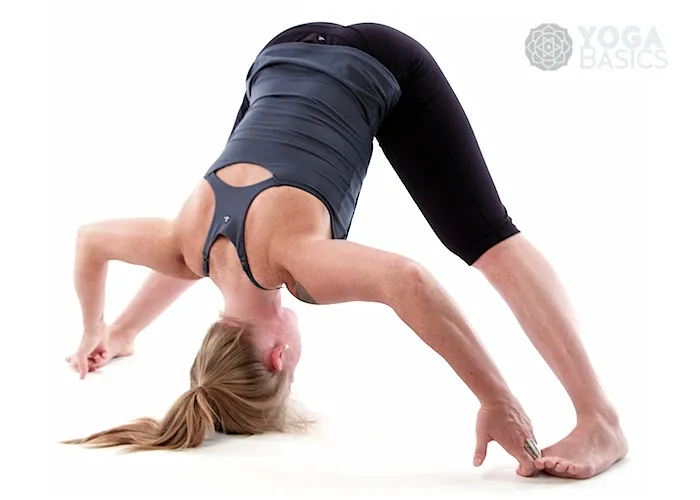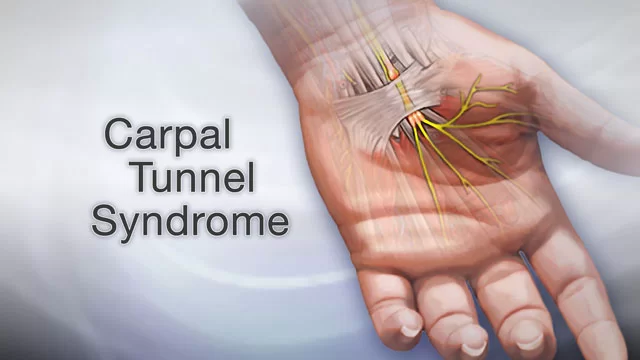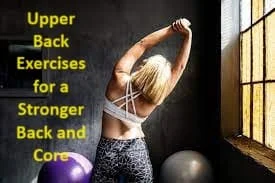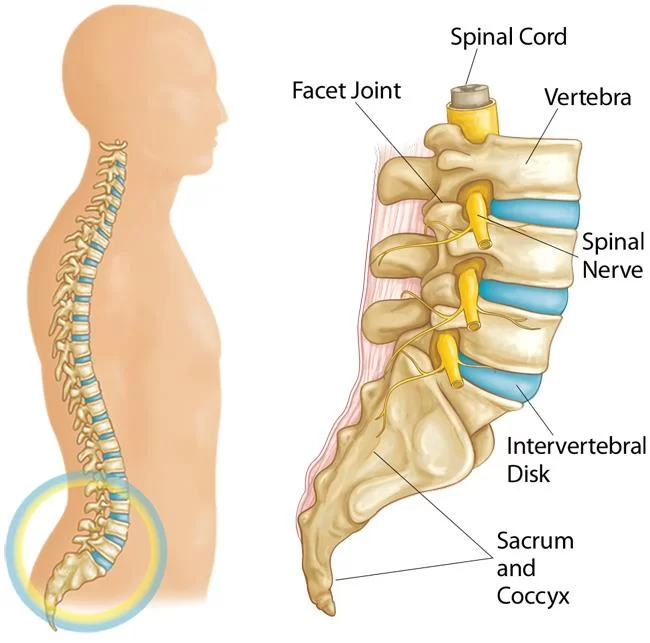Prasarita Padottanasana
What is Prasarita Padahastasana?
Prasarita Padottanasana, also known as Wide-Legged Forward Bend or Standing Straddle Split, is a yoga asana that stretches the hamstrings, inner thighs, and groins while providing a gentle release for the spine.
Prasarita Padottanasana is a Wide-Legged Forward bend yoga pose. That boosts confidence and decreases depression. The name “Prasarita Padahastasana” is derived from the Sanskrit words Prasarita, meaning “extended,” pada, meaning “foot,” Utta, meaning “intense,” and asana, meaning “pose.”
To enter this pose, step the legs about two to three feet apart. The feet should stay similar with the toes bent slightly inward. The body flexes forward at the hips, prolonging the spine. The hands are seated on the ground floor in sequence with the feet, then the elbows turn so the torso and head can lower into a whole forward bend. If attainable, the crown of the head can relax on the ground floor.
Prasarita Padottanasana is typically referred to as wide-legged forward turns in English.
How to do Prasarita Padahastasana
- To begin with, stand erect with your feet three to four feet apart, balanced, and firmly grounded. Breathe mild deep breaths.
- Inhale, lengthen the backbone and prolong your arms overhead.
- Exhale, bend forward from the hip joints, maintaining the spine straight.
Position hands on the ground floor, under the shoulders. Inhale, and exhale mild in-depth breaths. - Lifting the hips, bend further as you breathe out to bring the head toward the floor in between the hands.
- Then, separate the thighs. If you are stable, you can divide your feet further apart, maintaining balance and firmness.
- Breathing out, press your hands firmly on the floor to deepen the turn. If your hands reach the feet, get hold of your big toes and pull on them to bring a more in-depth bend.
Inhale, stretch the arms to the facade and lift slowly. Exhale, and get the arms to the sides.
Prasarita Padottanasana Pose Video
Benefits of Prasarita Padottanasana.
- Calms mind
- Stretches hamstrings
- Stretches calves
- Stretches and opens hips
- Stretches glutes
- Stretches low back
- Strengthens feet
- Strengthens ankles
- Strengthens legs
- Increases low back awareness
- Improves joint flexibility
- Improves hip flexibility
- Provides low back protection
- Counters effects of prolonged sitting
- Creates length in the spine
- Enhances posture
- Provides rest for the heart
- Relieves anxiety
- Relaxes the central nervous system
- Eases tension headaches
- Relieves symptoms of premenstrual syndrome
Modifications of Prasarita Padottanasana
If the hands don’t reach the ground floor, either walk the feet more expansive apart or set yoga blocks underneath the hands.
Variations of Prasarita Padottanasana
There are many variations on the placement of the hands: A) Cover the center and 1st finger around the big toe, 2) Scoop the fingers under the external edges of the feet, 3) Keep on to the ankles with the hands, 4) Set the hands on the hips, 5) Get the hands in reverse Anjali Mudra after the back.
Contraindications of Prasarita Padottanasana.
- Vertigo
- Migraine
- Glaucoma
- Neck injury
- Spinal injury
- Shoulder injury
- Disc herniation
- Detached retina
- High blood pressure
- Heart conditions and previous heart surgery
Conclusion
Prasarita Padottanasana, also known as Wide-Legged Forward Bend, is a yoga pose that stretches the hamstrings, inner thighs, and groins while providing a gentle release for the spine.
To practice this pose, stand with your feet wide apart, fold forward from your hips, and lower your torso towards the floor. Hold the pose for a few seconds, and take a deep breath. Use props if needed and maintain proper alignment. This pose helps improve flexibility, calm the mind, and relieve stress. Listen to your body and modify the pose as necessary.
FAQ
1. What is the name of the wide-legged forward bend?
Wide-Legged Forward Fold (Prasarita Padottanasana), even known as Wide-Legged Forward Bend or Standing Wide-Legged Forward Fold, is an incredibly common posture in the Vinyasa Yoga series and part of the Ashtanga Primary Series.
2. How wide is a legged forward bend?
Step your feet three to four feet apart, with your hands on your hips. Lift tall via your full torso and fold slowly over your legs. Turn from your hip joints instead of rounding your lower back. If your back begins to round, stop folding forward.
3. What are prasarita padottanasana benefits?
Prasarita Padottanasana may relieve lower back aches, enhance posture and muscle flexibility and activate the energy point. It may even be useful in managing weight and digestive disorders. Prasarita Padottanasana may decrease tiredness and inflammation in breast cancer survivors. Prasarita Padottanasana may support the managing of anxiety and enhance mental well-being.
4. What muscles are used in Prasarita Padottanasana?
Flexor muscles. Connected to the facade of the spine, these muscles include the abdominal muscles. They permit us to bend, bend forward, lift, and arch the lower back. When the stomach muscles are weak, the muscles that allow us to turn at the hip bring tighter, boosting the curve at the lower back.
5. What are the risks associated with Prasarita Padottanasana?
Individuals with lower back aches and knee injuries should be cautious before accomplishing Prasarita Padottanasana. You must accomplish Prasarita Padottanasana under the guidance of a trained yoga specialist.







